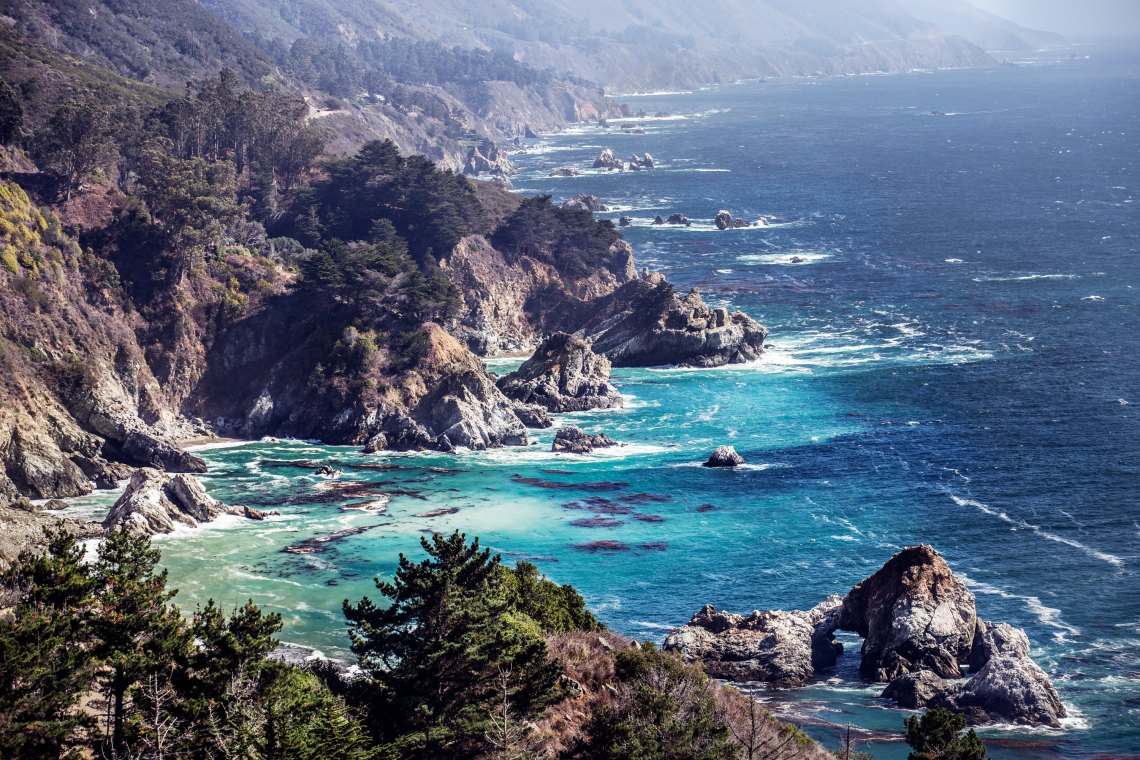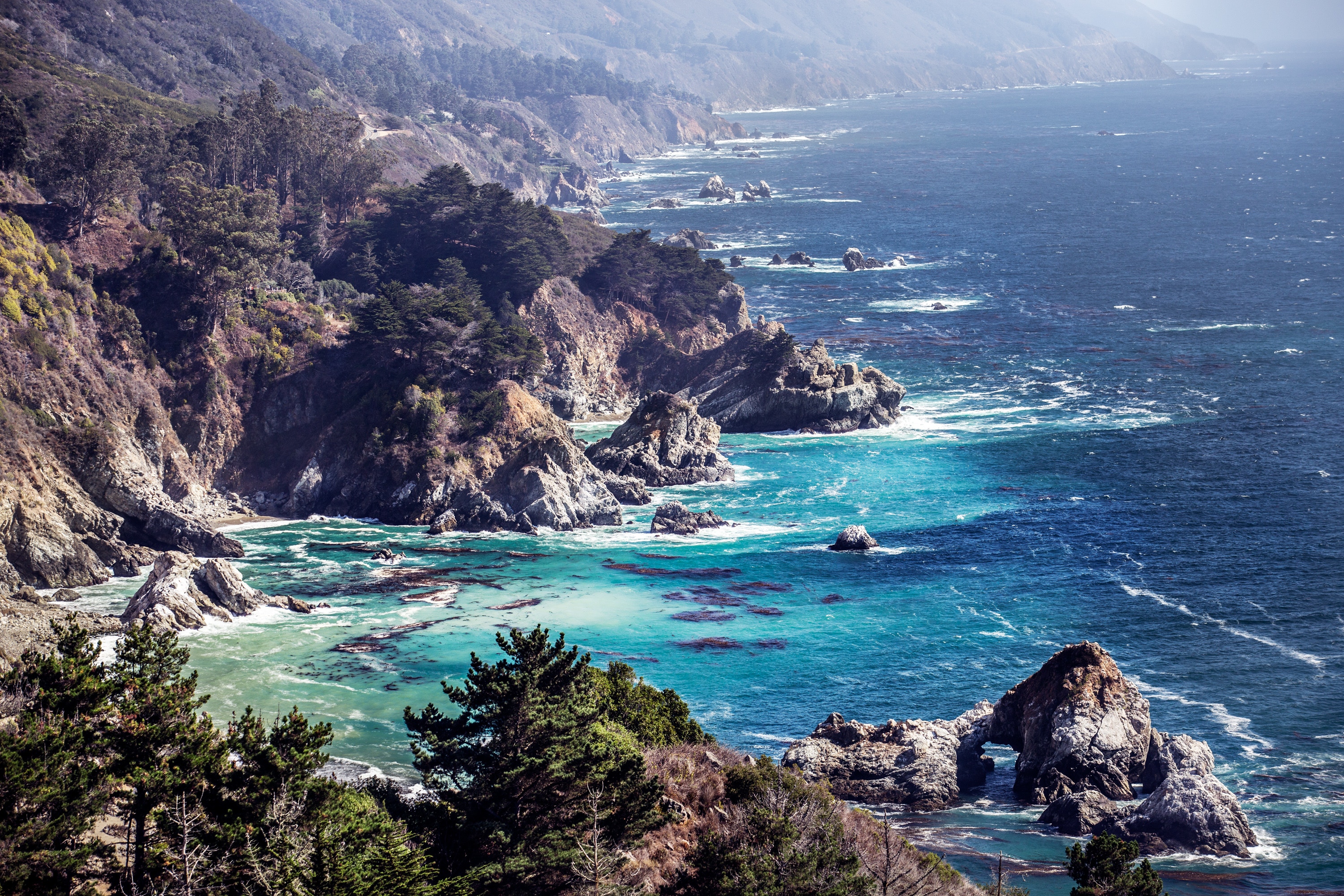By James Videle
It seems like every day the normal changes. Last year was hotter than the previous one, which was the hottest year on record. Storms have reached greater intensity than the year before. In some places spring comes sooner with trees budding in January and in others the snow rests until late May, only to see record temperatures in June bypassing spring altogether. No matter where any of us lives, all of us can claim that the weather is freaky and abnormal. But why? Maybe greenhouse gas emissions in the atmosphere are the reason.
Worldwide greenhouse gas emissions, as recorded from the Mauna Loa Observatory on the big island of Hawaii, which has been recording since 1958, show that current levels of CO2 in the atmosphere are at 408 PPM. Why is this number important? According to a Union of Concerned Scientists publication, this is a level not seen for 3.5 million years, the pliocene era, before modern homo sapiens ever existed. During the next 3.4998 million years the levels of CO2 dropped until they settled around 280 PPM at the dawn of the industrial revolution, in the late 18th century. Since then the number has skyrocketed.

When Mauna Loa started recording carbon dioxide data in 1958, levels were at 316 PPM.
A little math:
- From 1790-1958 a rise of 36 PPM in 168 years or 0.21 PPM per year.
- From 1959-1999 a rise of 52 PPM in 40 years or 1.30 PPM per year.
- From 2000-2017 a rise of 40 PPM in 17 years or 2.35 PPM per year.
These numbers are best depicted by this graph. It would be safe to say that the levels of carbon dioxide in the atmosphere are exponentially increasing.
If greenhouse gas emissions have increased most dramatically since 1959 as our populations and economic growth and development have also increased substantially, isn’t safe to say that this current problem is human caused? Unequivocally.
Again from the Union of Concerned Scientists’ research, this unprecedented warming is directly related to burning carbon (coal, oil, gas) and burning or cutting down forests, mainly for raising animals and the crops used to feed them.
“Our Planet on the Brink”
From the recently released 2018 Global Risks Report by the World Economic Forum, “Among the most pressing environmental challenges facing us are extreme weather events and temperatures; accelerating biodiversity loss; pollution of air, soil and water; failures of climate-change mitigation and adaptation; and transition risks as we move to a low-carbon future.”
Further, the article shows that:
- September 2017 was the most intense month ever for Atlantic storms.
- In 2016, 31.1 million people were displaced from their homes, 76% of them by weather-related events.
- 2017 is expected to be one of the three hottest years on record, with 2016 being the hottest.
- Biodiversity loss is now occurring at mass extinction rates, the primary driver being the human destruction of forests and habitats, with a record 29.7 million hectares (73.4 million acres) of tree cover lost in 2016.
- In 2017, more than 90% of the people worldwide lived in areas with levels of air pollution that exceeded world health organizations guidelines.
On and on it goes…

“We are the Cause. We are the solution.”
The top three emitters of greenhouse gases are China (26.83%), The United States (14.36%), and the European Union (9.66%), which represent half of the worldwide total.
We are currently burning a staggering 96 million barrels of oil and liquid fuels per day (403 million gallons). The entire fossil fuel industry is responsible for 46-56% of greenhouse gas emissions.
Animals used for farming and their feed are responsible for a whopping 14.5% of anthropogenic greenhouse gas emissions. This number climbs to 51% depending on who is doing the calculations.
The entire transportation sector whether on land, sea, or air is responsible for 14% of greenhouse gas emissions.
It is time to understand without a doubt that we are the cause. If we continue to deny that climate change, caused by rising levels of CO2 in the atmosphere, is triggered by humans, we postpone saving a world livable for our children—of all species. There are solutions and, as you might have surmised, they are far from easy.
We must lower greenhouse gas emissions to pre-industrial levels of 280 PPM, by eliminating:
- Fossil fuels,
- Animal agriculture,
- Dependency on fossil fuel transportation.
It would be a monumental undertaking, some would even say impossible.
But isn’t it worth trying?
Isn’t it worth rising up and saying that we are not going to go down in history as the species that destroyed our world for all?
I believe it is and we must.

